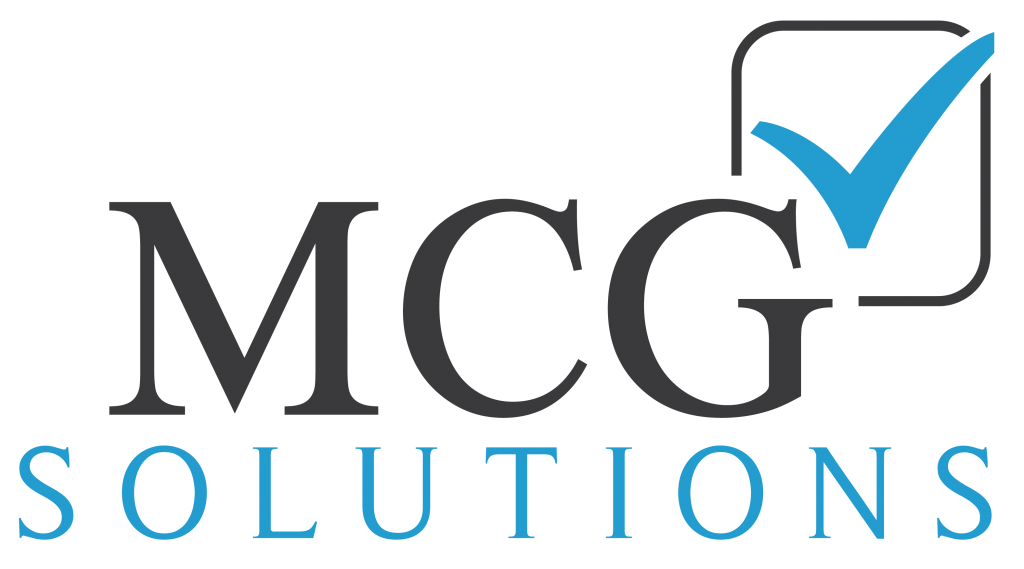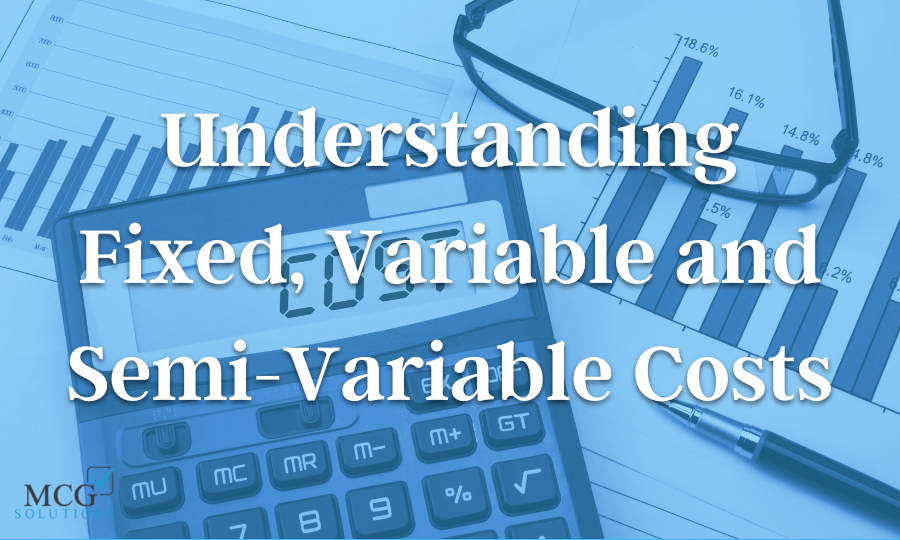When you’re tracking your costs for bookkeeping and accounting purposes, there are three different types to know: fixed, variable and semi-variable. While fixed and variable costs are generally self-explanatory, semi-variable costs can confuse new business owners.
Understanding fixed, variable and semi-variable costs will help you get a better idea of where you’re spending money, create a budget, set profit targets and project your future expenses. Here’s a brief overview of these types of costs, and what they mean for your company.
Fixed costs
Fixed costs are the easiest to calculate: they generally don’t change from month to month. Fixed costs include expenses like rent, mortgage, insurance premiums, and property taxes.
Variable costs
Variable costs may decrease or increase depending on your business activities. For example, materials and supplies, contractor wages and merchant fees tend to vary month-to-month. This is usually tied to the health of your business, but costs like materials, supplies and shipping can encompass outside variables, like supply chain shortages and global pandemics. These costs can be predictable, if cost changes based on how much your business does, but when external factors are at play, it’s harder to plan for the variables involved.
Semi-variable costs
Semi-variable costs are also known as semi-fixed costs or mixed costs. They have both fixed and variable components. The costs are “fixed for a set level of production or consumption, and they become variable after this production level is exceeded. If no production occurs, a fixed cost is often still incurred.”
Utility usage is a good example of a semi-variable cost. You might pay a baseline electric bill to keep the lights and electronics running at your office. That’s the fixed portion of the cost. You can predict that this baseline will be the minimum you might pay per month. However, when the weather changes—for example, you need to run the air conditioner or heater more often—additional costs are added to the fixed cost.
Similarly, commissions are semi-variable costs. If you give your employee a consistent base pay, you can always assume that’s the minimum you will pay each month. However, if they earn multiple car sales commissions that month, your costs—and your sales—will go up accordingly.
Budgeting for semi-variable costs
Projecting future expenses and budgeting for your variable or semi-variable costs can be tricky. It’s easy to plan for fixed costs, since they rarely change. It’s a bit harder to plan for variable and semi-variable costs, unless you have historical financial data or know that a certain variable expense, like legal review, will be necessary soon. Likewise, knowing that your electric bill tends to double in the hot Texas summer will help you plan for that type of semi-variable cost.
The more financial data you can gather, the easier it will be to project costs and make a realistic company budget.
Having a great bookkeeper on your side makes it even simpler. Call the team at MCG Solutions today. We can review your company finances and help you meet all of your bookkeeping goals, no matter how unpredictable the costs are.

